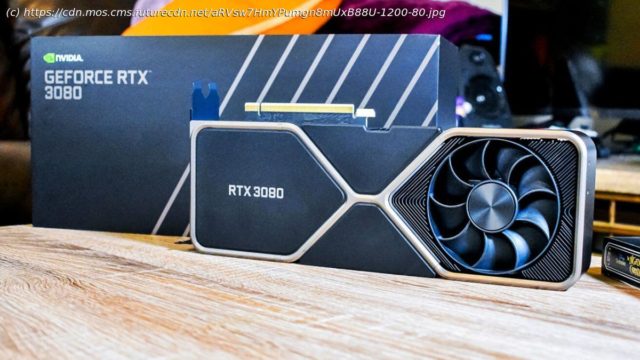Nvidia has had a massively successful year, and it will likely have another one in 2021.
In 2020, Nvidia had an absolutely amazing year, finally launching its Ampere graphics architecture, both for data centers and for PC gaming. It was a massive improvement over what older cards like the Nvidia GeForce RTX 2080 Ti could offer, even hinting at what an 8K graphics card can look like with the RTX 3090. In a lot of ways, Nvidia is only getting started with Ampere, especially when you consider we still don’t have mobile graphics or budget-friendly graphics cards with the new architecture. And, we can’t forget about the ARM deal that’s on the horizon. If that goes through, it would solidify Nvidia as one of the most important tech companies in the game. So while Nvidia’s 2020 was a massive list of successes,2021 is going to be louder and more ray traced. Right now if you want to get a card that supports all of the technologies that Nvidia is always making noise about – namely ray tracing, DLSS and Nvidia Broadcast – you have to get an RTX-branded card. The only problem is that Nvidia has only produced cards from the mid-tier up, so you have to drop at least $349 (£319, AU$499) for the Nvidia GeForce RTX 2060. And, because that graphics card has been seemingly discontinued, it’s more like $399 (£419, AU$799) for the Nvidia GeForce RTX 3060 Ti. With Nvidia Turing, Nvidia cut off everyone with a budget below $349 (£319, AU$499) from seeing its ray traced future, with graphics cards like the GTX 1660 and GTX 1650 Super eschewing RT and Tensor Cores and focusing solely on rasterization performance. It could be argued that the main reason for doing this is that the Nvidia RTX 2060 was basically the bare minimum when it came to horsepower for this new tech, which begs the question: will we get an Nvidia GeForce RTX 3050 for $199 or less in 2021? From a performance perspective, we don’t see why not. Just looking at the RTX 3060 Ti, that card is around 38-40% faster than the RTX 2060 Super, so we don’t see why Nvidia couldn’t make a budget option that can enable all the RT features we’ve come to love over the last couple of years.






